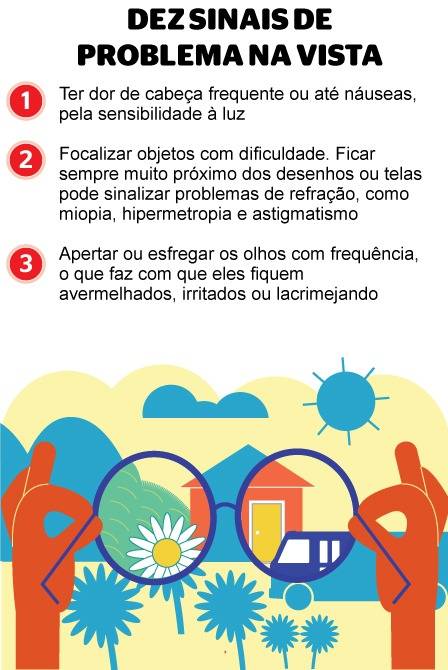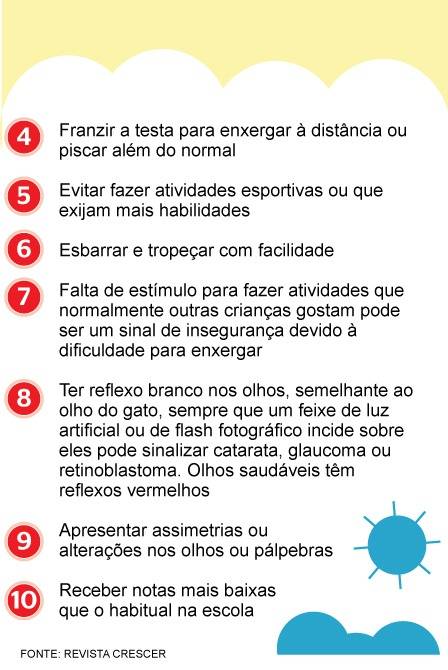Strict confinement in an attempt to prevent the spread of the novel coronavirus has, for several months in 2020, caused children around the world to stop going to school, the park or the field to play with friends as they did before the pandemic. One result was an increase in myopia in minors. Recent surveys from various universities in China, Canada and Latin America show that the main reason for the growth of this condition in the past year has been a lack of sunlight.
Carolina Picotti, MD, a pediatric ophthalmologist and author of a study recently published in The Lancet, explains that sunlight releases dopamine into the retina, a substance that prevents the eyeball from getting longer and helps prevent myopia:
“If children do not leave the house and do not receive sunlight, their bodies do not generate this neurotransmitter, and disease is produced,” says the Argentine researcher, adding: “Artificial light cannot replace sunlight in the dopamine generation.”
According to Piccotti, the results of the study, which involved more than 16 ophthalmologists from across South America, show that the participants, aged between 5 and 18 years, had an increase in the progression of myopia by about 40% between 2019 and 2020, which is The year they were locked up at home because of the epidemic.
“The percentage increase in myopia is not only very high, but confirms the hypothesis that environmental factors and not just genetics can increase or decrease this disease,” she wrote.
The development of myopia in children is usually the opposite of that observed in 2020: “Over time and as the child grows, the rate of progression should decrease. In this case the opposite happened: the children grew up and the disease rose.”
Recently, the World Health Organization estimated that by 2050 half of the world’s population will be nearsighted.
The greatest effect of myopia occurs in the age group of 6 to 8 years
A study from Canada, led by researcher Sarah A. Moore and published late last year, found that in the most difficult months of confinement, children spend an average of more than five hours a day in front of screens in recreational activities, in addition to the time they spend doing their homework and watching classrooms, as well as on electronic devices.
Children aged 6 to 8 years were the most affected. Mosch says the astonishing increase in myopia could have even more serious consequences for people’s vision health as they age. He warns that more things need to be done outdoors, taking precautions:
“In the event of future epidemics, minors should be able to enjoy the outdoors in safe conditions.” According to Picotty, being outdoors for at least two hours a day is enough to help prevent the development of myopia in children.

“Wannabe internet buff. Future teen idol. Hardcore zombie guru. Gamer. Avid creator. Entrepreneur. Bacon ninja.”



